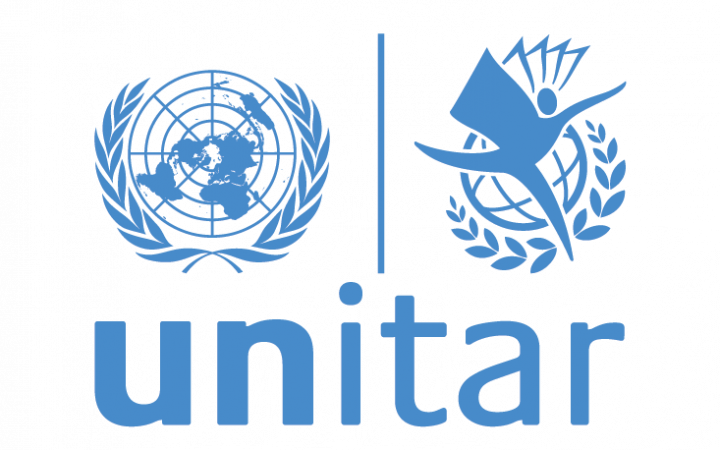Training of Trainers Lessons
The full course includes
- Welcome!
- Additional resources
- Lesson 1 - Effective facilitation
- Lesson 2 - Co-facilitate a training
- Lesson 4 - Asking good questions
- Next steps
Follow the interactions on each screen or click the arrows to navigate between lesson slides.
Course author
UNITAR

The United Nations Institute for Training and Research (UNITAR) is a dedicated training arm of the United Nations system.
Course overview
Do you want to become a trainer or are you already a trainer and want to improve your skills? This is the place to start. We will navigate you through the fundamentals of learning, training design, and group facilitation. Throughout the course, you will find self-reflection questions, mini-scenario exercises, and inspiring examples. If you want to make a real impact on your participants, start here!
The full course includes
- Welcome!
- Additional resources
- Lesson 1 - Effective facilitation
- Lesson 2 - Co-facilitate a training
- Lesson 4 - Asking good questions
- Next steps
Course Rating
Learning was not cumbersome! It was designed to accommodate children and adults alike.Quite easy to assimilate.
I greatly enjoyed the course, in terms of both the instruction and resources that were provided, the course content and all the materials were both comprehensive and informative.
v
a
t
